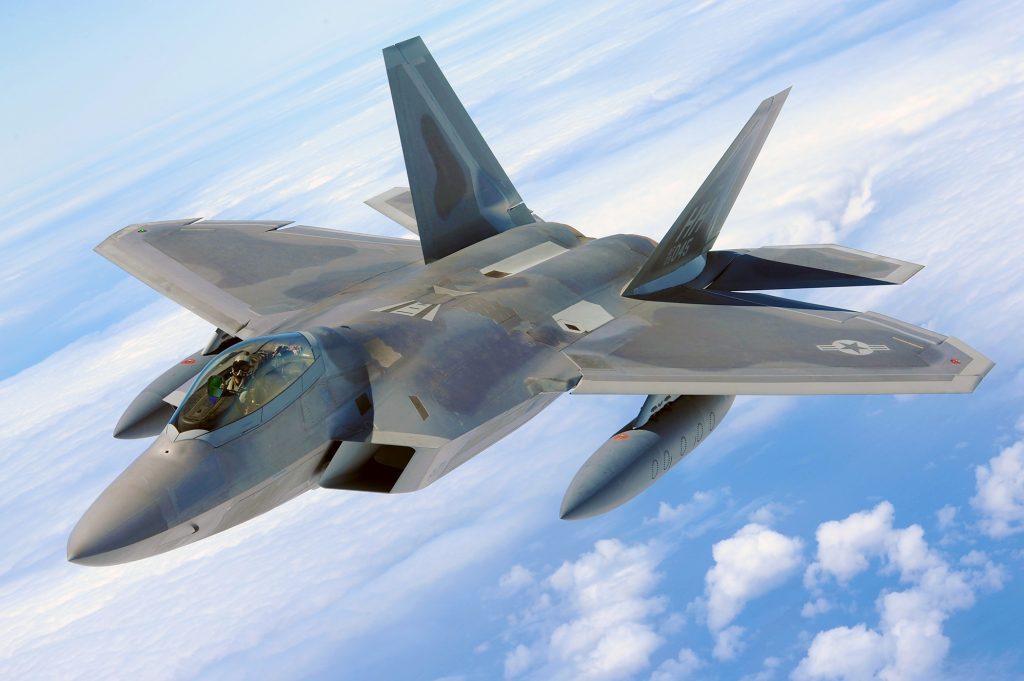There’s more to being a pilot than commanding an aircraft. Aside from gaining the skills needed to competently fly a plane, aspiring pilots must also improve their communication skills during their time in pilot school. It takes a lot of people to keep the aviation system running smoothly, and pilots must be able to use clear and concise language to coordinate with controllers and other pilots to ensure that their passengers are able to enjoy a smooth and safe flight as well as deliver their cargo to their intended destination.

Aviation English is the international language used by the members of civil aviation, and it’s a requirement for aspiring pilots to demonstrate a good grasp of the English language before they can be admitted to a flight school. On top of being proficient in English, pilots must also take to heart a number of terms that they will inevitably use as they go about their daily activities. The aviation industry has its own set of jargon, and experienced controllers and aviators can typically pick out greenhorns by how comfortable they are in using industry-specific terminology.
The ICAO Alphabet
A specialized agency under the United Nations, the International Civil Aviation Organization (ICAO) is central to the shaping of the principles that impact international air navigation. The council has a phonetic alphabet that pilots and controllers can use to ensure that the people they are communicating with can understand exactly what they are saying. This is the International Radiotelephony Spelling Alphabet, which is also sometimes called the North Atlantic Treaty Organization (NATO) phonetic alphabet:
A – Alfa
B – Bravo
C – Charlie
D – Delta
E – Echo
F – Foxtrot
G – Golf
H – Hotel
I – India
J – Juliett
K – Kilo
L – Lima
M – Mike
N – November
O – Oscar
P – Papa
Q – Quebec
R – Romeo
S – Sierra
T – Tango
U – Uniform
V – Victor
W – Whiskey
X – X-ray
Y – Yankee
Z – Zulu
In addition to memorizing this alphabet, these are some of the terms that you should start to incorporate into your vocabulary and memory as you study to become a pilot.
- Air Traffic Control (ATC) – This is the service that directs aircraft when taking off, landing, and flying over designated airspace.
- Approach – The flight phase where a pilot uses the runway with the intention to make a landing.
- Cabin Crew – The term typically refers to flight attendants, but it applies to the airline staff members that work to ensure the safety and comfort of the passengers during flight.
- Cargo – This refers to the goods carried on an aircraft.
- Charter – This means that a single entity has rented the aircraft or that the individual seats for a particular flight are not bought by the general public.
- Climb – Going up or raising the plane to a specified altitude.
- Controlled Airspace – The ATC controls this airspace and provides instructions on how to safely use and navigate it.
- Descend – Going down or reducing the altitude of the plane.
- Estimated Time of Arrival and Departure – The estimated time of arrival (ETA) refers to the local time the plane is expected to arrive at its destination, while the estimated time of departure (ETD) refers to the time of leaving the location.
- Estimated Time en Route -The amount of time that it will take to complete the journey.
- Final Approach – The flight path to the runway with the intention of landing the plane.
- Flight Deck – The cockpit or the area where the plane is being controlled by the pilot.
- Flight Plan – The information about a flight, including its destination, path, and time, presented in a standardized format.
- Go-around – This takes place when the plane abandons the plan to land and instead goes around the flight pattern before reattempting a landing.
- Gross Weight – The weight of the entire aircraft, including its passengers, cargo, and fuel.
- Hangar – A structure dedicated to storing and maintaining aircraft.
- Instrument Flight Rules – There are times when a pilot cannot operate a plane using visual references. The IFR refers to the regulations that guide aircraft operation in these instances.
- Instrument Landing System – This ground-based system activates during low-visibility situations and provides an aircraft with directional information.
- Payload – This specifically refers to the weight being carried by the plane, such as that of its passengers and cargo.
- Pitch – Refers to the movement of the aircraft and depends on the rising and falling of the nose and tail of the plane.
- Pilot’s Operating Handbook – The POH refers to the flight manual that pilots use to ensure the safe operation of an aircraft.
- Tarmac – The area in an airport where a plane can be parked and fueled or where loading and unloading take place.
- Zulu Time – The standard time that pilots use to file their flight plans.
Learning how to become a pilot has many aspects, and one of these is expanding your vocabulary to include the terminologies commonly used in the industry and profession. Study these terms in earnest and you’ll have an easier time making yourself understood and catching the drift of the other pilots and controllers that you will be working with.
References:
https://calaero.edu/pilot-talk-aviation-terminology/
https://www.baatraining.com/language-of-the-sky/
https://epicflightacademy.com/aviation-terminology/






